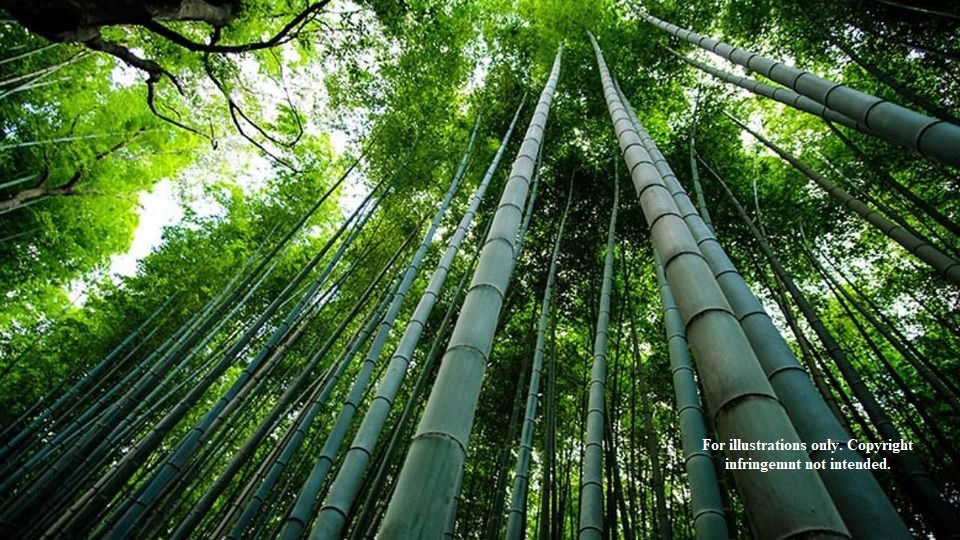By Maria Debbarma
Non-Timber Forest products (NTFPs) play a vital role in the life and economy of people living in and around the forest. NTFPs are not only subsistence forest products but also source of income and nutritional security to the indigenous people and play role in poverty alleviation, economic development and conservation.
Worldwide, more than a billion people rely directly on forests for their livelihoods, while the remaining six billion rely on forests for a range of economic, social and environmental advantages. The role of NTFPs in rural livelihoods in developing nations has gained widespread recognition. In India, NTFPs generate an annual income of $2.7 billion and account for 55% of total employment in the forestry sector. Furthermore, such resources account for 50% of forest revenues and 70% of forest-based export income. As per Government of India report, at least 35 million man-days of employment were generated in the NTFPs trading, which includes collection and processing of economically valuable NTFPs species.
Non-timber forest products (NTFPs) are any product or service other than timber that is produced in forests. They include fruits and nuts, medicinal plants, resins, essences and a range of barks and fibres such as bamboo, rattans, and a host of other palms and grasses. The NTFPs can also be referred to like all the resources or products that may be extracted from the forest ecosystem and are utilised within the household or are marketed or have social, cultural or religious significance.
Importance of NTFPs
NTFPs provide green social security to billions of people in the form of food supplements, traditional medicines, fuel and fodder, low-cost building materials and source of employment and income generation. NTFPs, including medicinal plants, remained as an important source or raw material for traditional systems of medicines like Ayurveda, Chinese, Unani, Siddha, Tibetan and others across the globe. NTFPs are associated with the socio-economic and cultural life of forest-dependent communities inhabiting in wide ecological and geo-climatic conditions in different concentrations throughout the country. The NTFPs also serve as a vital livelihood safety net in times of hardship. The minor forest products are sold by local indigenous people who are a major source of their income generation.
NTFPs of Tripura
Forest of Tripura is repository of NTFPs like bamboo, broom flower, thatch grass, dhup, and varieties of edible vegetables, medicinal herbs etc. This is reflected in the different regions of Tripura where approximately 11 lakh people living in and around forest areas utilize NTFPs and about 50% of the population pursue livelihoods within which NTFPs play a significant role. NTFPs accounted for more than 90% of Tripura’s forest earnings and roughly 30% of the state revenue until independence.
There are a large number of NTFPs including medicinal plants, bamboos, Myrobalan, rubber, cane, coffee, pepper, challmugra, Dioscorea, Lemon grass, Citronella grass, cashew nut, ginger, turmeric, betel leaves, charcoal etc. used extensively by the indigenous forest dependent people in Tripura and plays an important role in the economy of the state and in subsistence activities, employment generation and house hold income. But these NTFPs are not getting due attention of the people, even though a large number of people are engaged in NTFP collection for sale and self-consumption.
Bamboo plays an important role in the economy of the state and in subsistence activities, employment temptation and house hold income. It is estimated that about 6 million man days per annum for employment on account of utilization and extraction of bamboo. Around 1.49 lakh artisans are engaged in value addition in bamboo contributing to a sale value of rupees 35.34 crores of which 20 thousand artisans and their families are engaged are producing handicraft items generating an estimated sale value of rupees of 14 crore in 2006-07.(TFD, 2001).
Tripura houses about 132 species of medicinal plant used in Unani and Ayurvedic system of medicine of which some in wild and some cultivator. In Tripura 266 species has been found to have medicinal properties and the state Government has identified 30 plants species as priority species (Tripura Medicinal plant policy 2012).
The Broomsticks which are made from panicle inflorescence is derived from the plant locally called Arjun flowers (Thysanolaema maxima), is one of the important NTFP of Tripura. The forest dwellers especially indigenous , both men and women collect the inflorescence, dry it and sell it in the local market in bundles of 20s. Larger bulks are sold to the local LAMPS (Large Multi-Purpose Society), PACS (Primary Agricultural Co-operative Society), middle man and traders and final disposal is done through MARKFED (Tripura Marketing Federation). Broomsticks have profitable market in the state, outside the state and even in the international markets.
Plenty of wild vegetables/fruits/mushrooms/aquatic animals/other in the forest of Tripura are being collected by the local people mostly indigenous women and children and sold in the local markets.
The success and growth of poor’s livelihood depends on enabling environment in terms of support services provided by government and private players, availability of basic infrastructure facilities, training and skills promotion facilities, marketing information and infrastructure, private sector participation, promotion of micro, small, and medium enterprises, supportive legal and policy framework, and overall entrepreneurial environment.
More than 60 % of the population of Tripura depend on NTFP for food, shelter, medicine, cash income etc. The resource sustains many by providing an alternate source of food and income. The contribution of NTFPs to total household income range from 10– 55% and about 80% of forest dwellers depend on forests for 25 to 50% of their food requirements. For sustaining the livelihood of the forest dwellers, the importance of non-timber forest product is much more.
Maria Debbarma is Assistant Professor, Department of Environmental Science, MBB College.

Your point of view caught my eye and was very interesting. Thanks. I have a question for you.